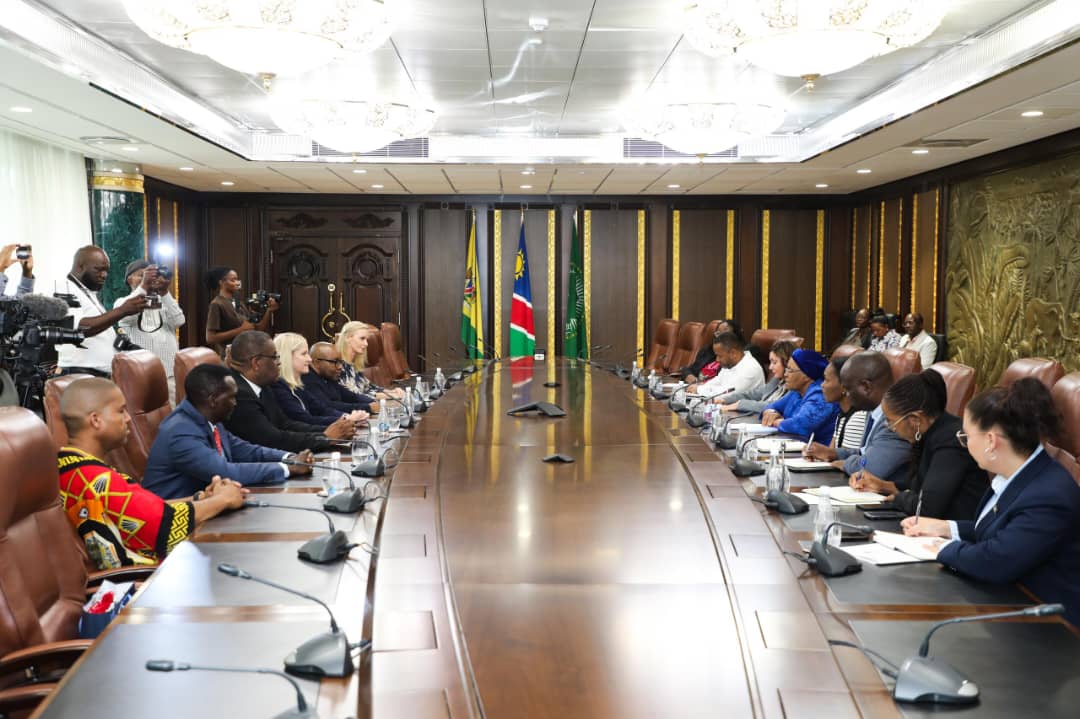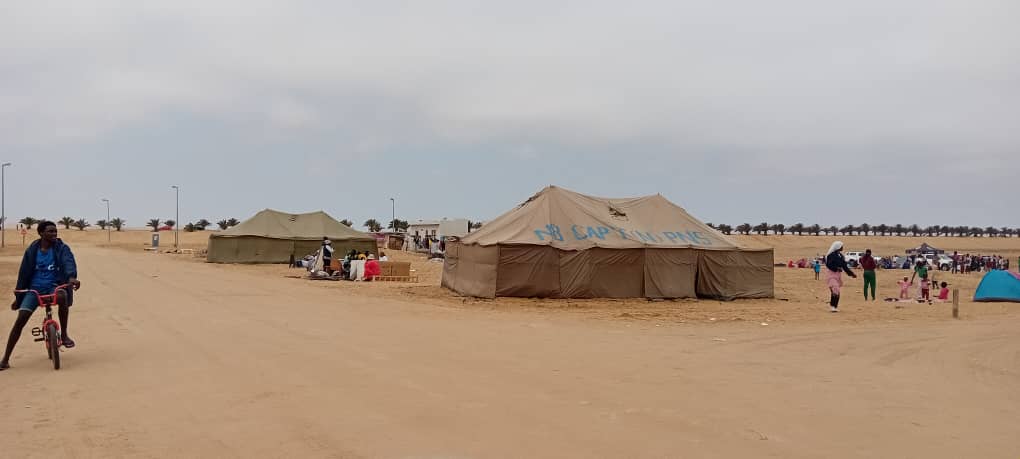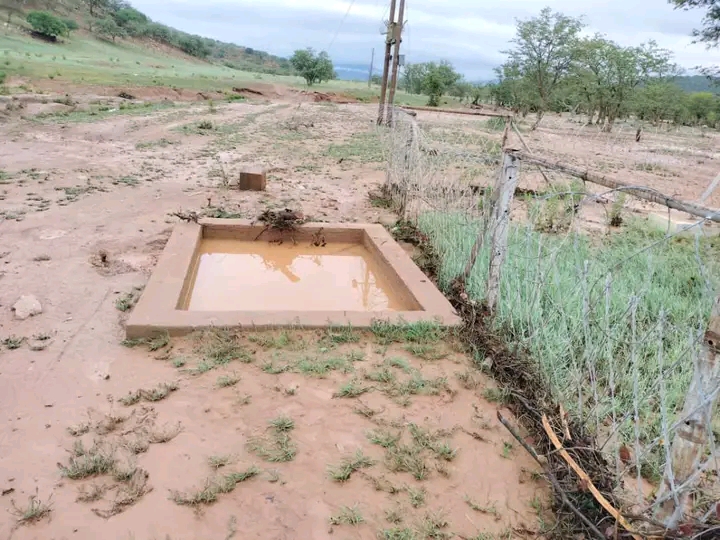TWO conservationists from the World Wildlife Fund (WWF) who visited community conservancies in the Caprivi Region last week were impressed with the way communities there manage their conservancies.
Mark Schulman and Olivier van Bogaert from Switzerland told The Namibian last week that they visited the Impalila, Salambala and Kasika conservancies, some of the conservancies supported by the Integrated Rural Development and Nature Conservation (IRDNC). The WWF supports IRDNC, which assists conservancies in the Caprivi and Kunene regions.”We are very impressed by the way these conservancies are run,” said Schulman.They said Namibia’s conservancies are among the best-run conservancies that the WWF supports worldwide.They said they were also impressed with the fact that although some wild animals attacked people and destroyed their crops, livestock and water points, communities still wanted to address these problems in a peaceful manner rather than killing the animals.They were also impressed with the compensation schemes some conservancies have for people who suffer losses caused by wildlife.Up to N$1 000 is drawn from these schemes to help pay for the funerals of people killed by wild animals.They said the joint ventures that conservancies have formed with lodges and trophy-hunting companies were also commendable, as they brought benefits to the rural poor.Schulman is the Managing Editor of the WWF International Press Department while Bogaert is a press officer.They were accompanied by Namibian conservation consultant Linda Baker.Namibia’s community conservancies are being created through the Community-Based Natural Resource Management programme, which gives rights to rural people to derive benefits from natural resources in their areas.There are now 44 community conservancies in Namibia.The WWF supports IRDNC, which assists conservancies in the Caprivi and Kunene regions.”We are very impressed by the way these conservancies are run,” said Schulman.They said Namibia’s conservancies are among the best-run conservancies that the WWF supports worldwide.They said they were also impressed with the fact that although some wild animals attacked people and destroyed their crops, livestock and water points, communities still wanted to address these problems in a peaceful manner rather than killing the animals.They were also impressed with the compensation schemes some conservancies have for people who suffer losses caused by wildlife.Up to N$1 000 is drawn from these schemes to help pay for the funerals of people killed by wild animals.They said the joint ventures that conservancies have formed with lodges and trophy-hunting companies were also commendable, as they brought benefits to the rural poor.Schulman is the Managing Editor of the WWF International Press Department while Bogaert is a press officer.They were accompanied by Namibian conservation consultant Linda Baker.Namibia’s community conservancies are being created through the Community-Based Natural Resource Management programme, which gives rights to rural people to derive benefits from natural resources in their areas.There are now 44 community conservancies in Namibia.
Stay informed with The Namibian – your source for credible journalism. Get in-depth reporting and opinions for
only N$85 a month. Invest in journalism, invest in democracy –
Subscribe Now!










